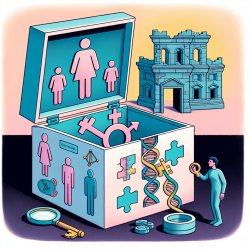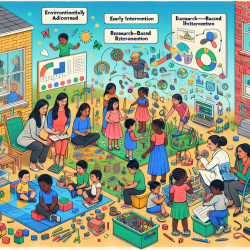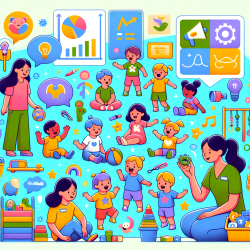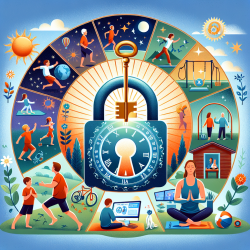Introduction
The transition to online learning during the COVID-19 pandemic posed significant challenges for students worldwide. However, for deaf and hard-of-hearing students, these challenges were particularly pronounced. The research article "If online learning works for you, what about deaf students? Emerging challenges of online learning for deaf and hearing-impaired students during COVID-19" highlights these challenges and offers solutions to improve the online learning experience for this group.
Understanding the Challenges
According to the research, the shift to online learning platforms was primarily designed for non-disabled students, leaving deaf students at a disadvantage. The challenges faced by deaf students include:
- Technological Barriers: Inadequate access to sign language interpreters, loss of visual cues, and lack of transcripts or captions in lectures.
- Educational System Limitations: Deaf students often lack the necessary support systems, such as specialized education teams, which are more accessible in traditional classroom settings.
- Physical Accessibility Issues: The reliance on lip-reading is hindered by face masks, and many students face difficulties accessing reliable internet or necessary technology.
- Mental Health Concerns: Isolation and lack of access to information can exacerbate anxiety and depression among deaf students.
Proposed Solutions
The research outlines several solutions to address these challenges:
- Improving Accessibility: Implementing captions and sign language interpretations in all online content can significantly enhance accessibility for deaf students.
- Technological Enhancements: Providing students with the necessary technology, such as hearing aids and stable internet connections, is crucial.
- Educational Support: Training teachers to effectively use technology and engage with deaf students can bridge the communication gap.
- Mental Health Support: Offering counseling services and creating supportive environments can help mitigate mental health issues.
Encouraging Further Research
While the research provides a comprehensive overview of the challenges and solutions, it also highlights the need for further investigation into the effectiveness of these solutions. Practitioners are encouraged to explore additional strategies and collaborate with researchers to develop innovative approaches that cater to the unique needs of deaf students.
Conclusion
By addressing the challenges outlined in the research and implementing the proposed solutions, educators and practitioners can create a more inclusive and effective online learning environment for deaf and hard-of-hearing students. This effort will not only enhance their educational experience but also promote equity and accessibility in education.
To read the original research paper, please follow this link: If online learning works for you, what about deaf students? Emerging challenges of online learning for deaf and hearing-impaired students during COVID-19: a literature review.










